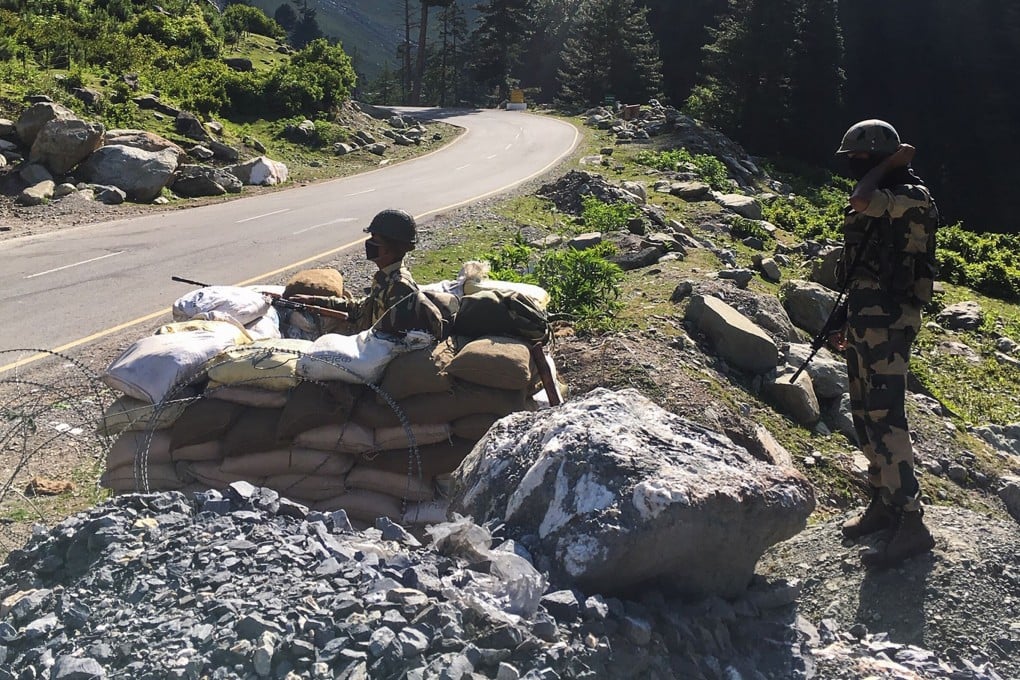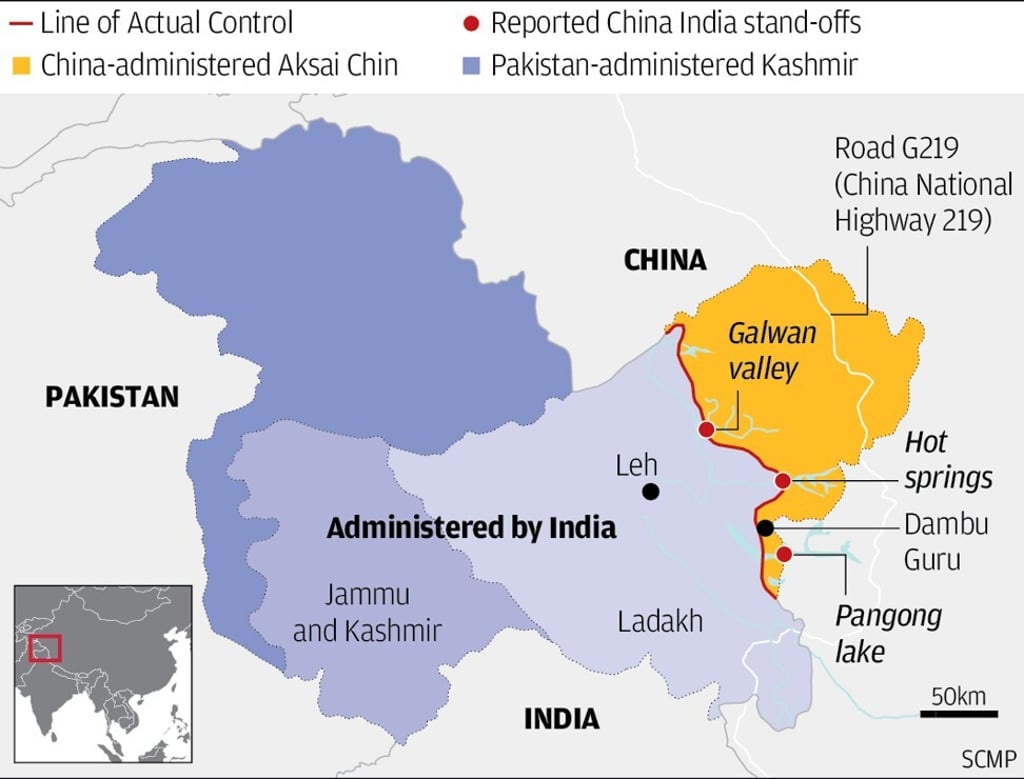Explainer | How India and China’s deadliest clash in decades came about
- No shots were fired but a serious physical confrontation between troops left at least 20 Indian soldiers dead with more casualties on both sides
- Beijing’s foreign ministry says the situation is stable, India’s defence minister has mourned the deaths but nationalist sentiment online is raging

At least 20 Indian soldiers have died, with more reportedly injured. Indian media say there are 35 Chinese casualties but Beijing has not confirmed if any of its troops were killed or injured.
The editor-in-chief of the hawkish Global Times Hu Xijin tweeted on Tuesday night that China was remaining silent on the numbers as an act of “goodwill” so that there would be no comparison of deaths that could inflame nationalist sentiments.
India’s Defence Minister Rajnath Singh was the first government minister on either side to address the issue in a statement on Wednesday afternoon, when he described the incident as “deeply disturbing and painful”.
“Our soldiers displayed exemplary courage and valour in the line of duty and sacrificed their lives in the highest traditions of the Indian Army. The nation will never forget their bravery and sacrifice,” he said.
The fatalities were the first in more than four decades from the simmering conflict along the 3,488-km undemarcated border known as the Line of Actual Control.
